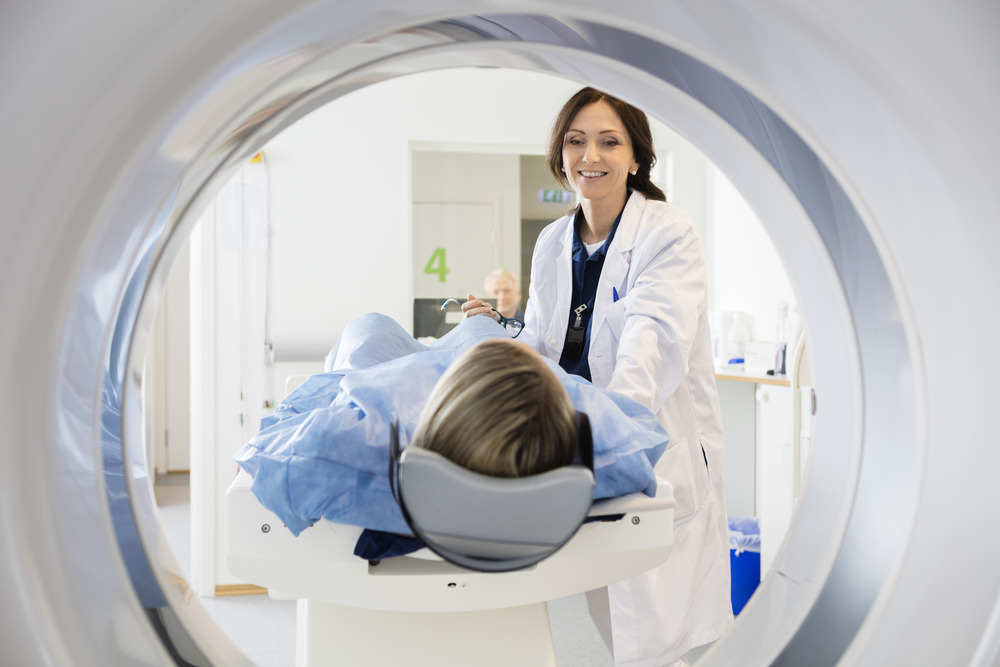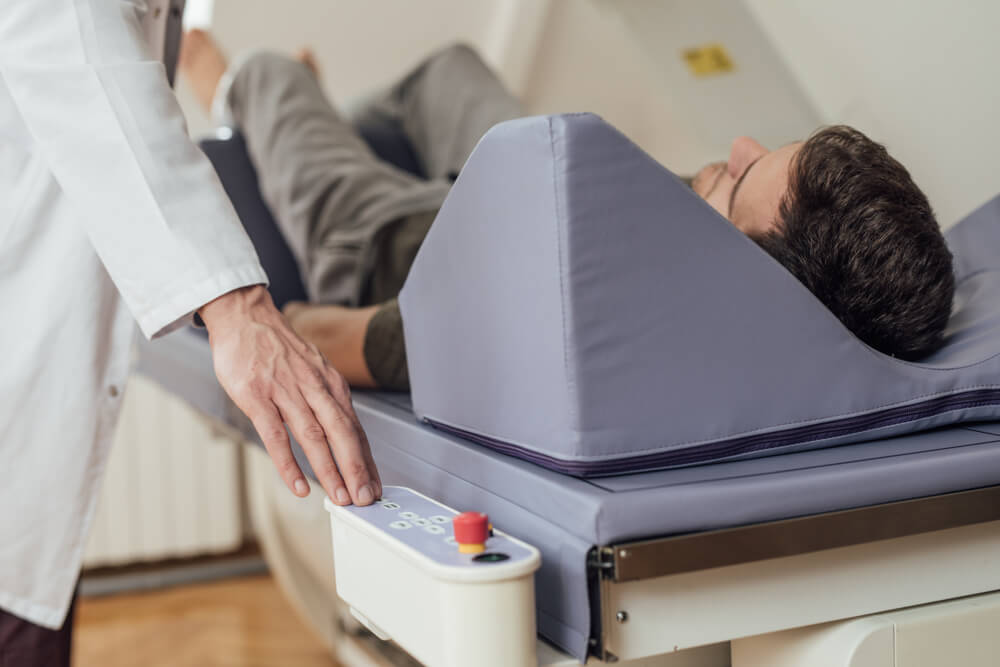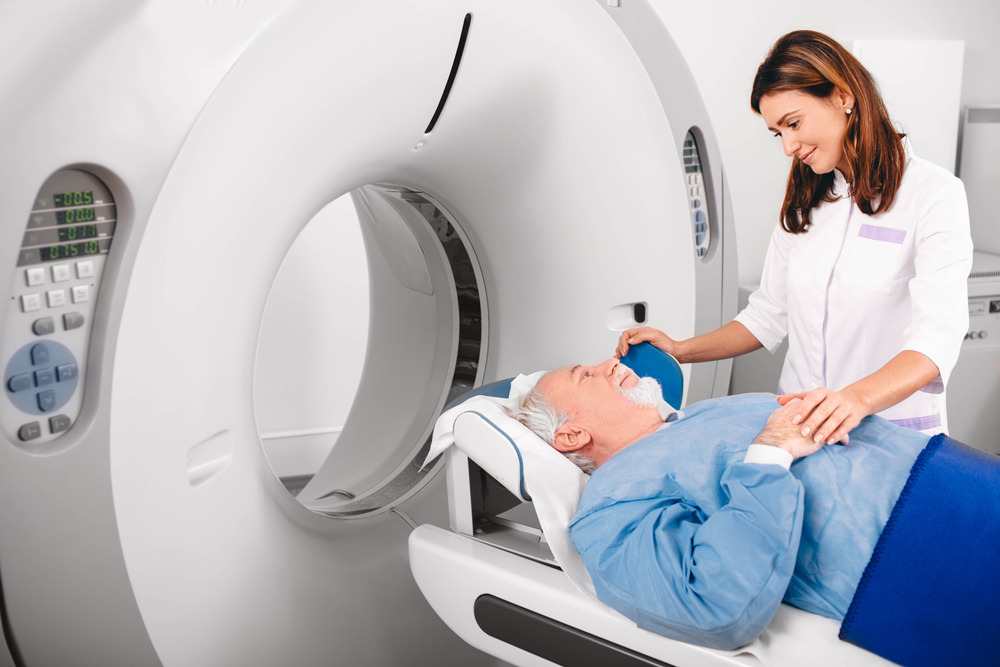
Our facility offers ultrasound for highly detailed and comprehensive imaging of internal organs and tissues. With this precision, our skilled sonographers can accurately detect and diagnose medical conditions, guiding your healthcare decisions effectively.

Ultrasound is a non-invasive and radiation-free imaging technique, making it safe for people of all ages, including pregnant women and children. You can confidently undergo ultrasound examinations, knowing that it is a risk-free procedure that delivers valuable medical insights.

Our facility has a team of experienced and caring professionals dedicated to your comfort and well-being. Our compassionate approach ensures a supportive environment, making your ultrasound experience as stress-free and positive as possible.







Our mammography services offer advanced diagnostic imaging, providing detailed, non-invasive insights into the body’s structures, aiding in accurate medical diagnoses.